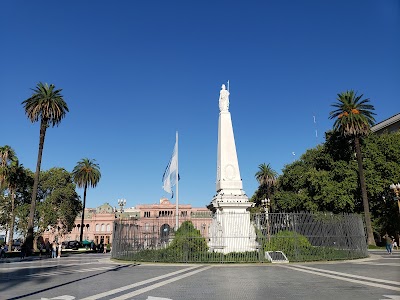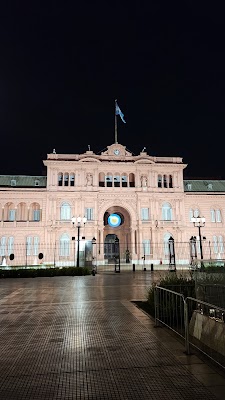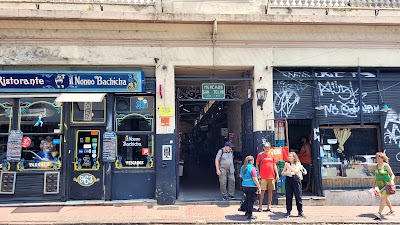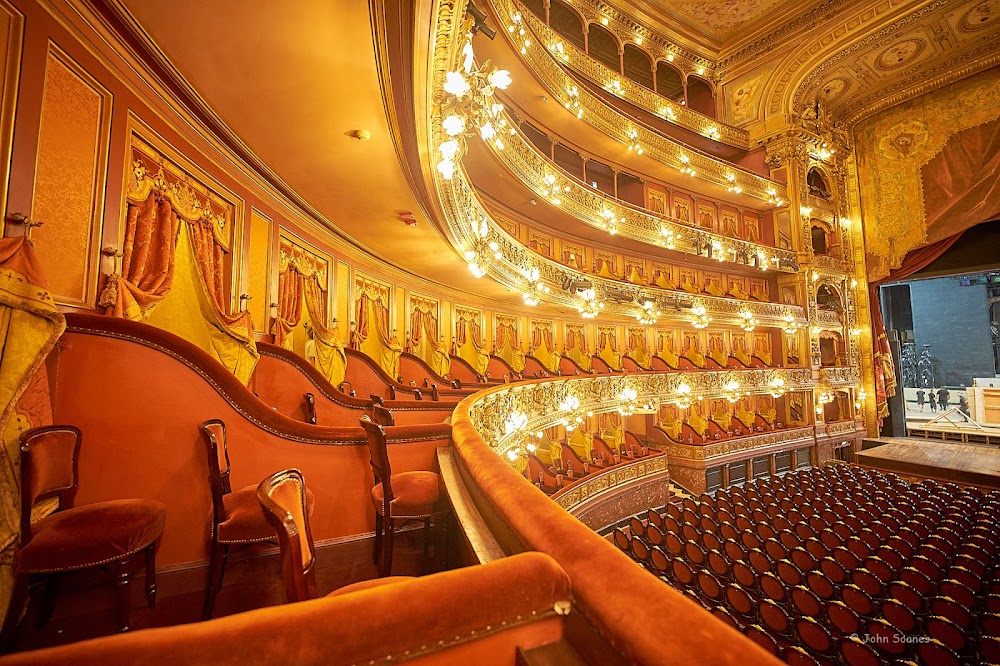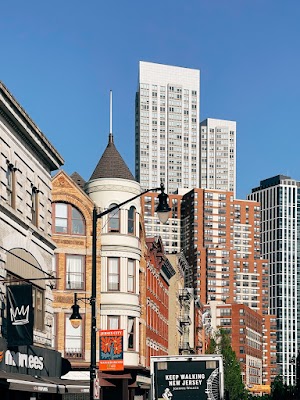Plaza de Mayo (Plaza de Mayo)
Overview
Plaza de Mayo: The Heart of Buenos Aires
Plaza de Mayo is the beating heart of Buenos Aires and an essential historical and political landmark in Argentina. Nestled in the Monserrat barrio, this central square has witnessed pivotal moments in the nation’s history, making it a must-visit destination for travelers eager to explore Argentina's captivating past and vibrant present.
A Historic Foundation
The history of Plaza de Mayo dates back to the city's founding in 1580 by Spanish colonists. Named after the May Revolution of 1810, which ignited Argentina's fight for independence from Spain, the plaza quickly emerged as a focal point for political life. Originally comprising two squares—Plaza de la Victoria to the west and Plaza del Fuerte to the east—they were united after major redevelopment in 1884 and collectively named Plaza de Mayo.
Architectural Marvels
Surrounding Plaza de Mayo are some of Buenos Aires' most iconic buildings. To the east lies the Casa Rosada, the presidential palace known for its distinctive pink hue. This building has served as the backdrop for some of Argentina's most dramatic political events, including the balcony speeches of Juan and Eva Perón. Its central balcony has become a symbol of Argentina’s political life.
To the northwest, you’ll find the Metropolitan Cathedral, the principal church of the Archdiocese of Buenos Aires and once the seat of Pope Francis during his tenure as Archbishop. With its striking neoclassical façade, the cathedral houses the tomb of General José de San Martín, Argentina’s esteemed liberator.
Symbol of Resilience
At the heart of the plaza stands the Pirámide de Mayo, a white obelisk erected in 1811 to commemorate the first anniversary of the May Revolution. Over the decades, it has served as a gathering place for numerous political demonstrations. Among the most poignant are the weekly marches of the Mothers of the Plaza de Mayo, courageous women who march in memory of their children who were forcibly disappeared during the military dictatorship from 1976 to 1983. Wearing white headscarves emblazoned with their children’s names, their demonstration serves as a powerful reminder of Argentina's recent dark history.
A Vibrant Cultural Scene
Plaza de Mayo is not only rich in history; it buzzes with life and energy. Visitors can experience a dynamic cultural scene, featuring street musicians, tango dancers, craft markets, and food stalls offering traditional Argentine fare. Numerous cafes and restaurants surrounding the plaza invite you to sample local delicacies like empanadas and Argentine steak while sipping strong coffee or a glass of Malbec wine.
For those eager to delve deeper into the culture, nearby attractions include the Cabildo, an 18th-century colonial town hall that now serves as a museum showcasing the country's colonial past. The Museo Casa Rosada, located behind the presidential palace, offers an insightful glimpse into the lives of Argentine presidents and the nation’s history.
A Living Museum
Visiting Plaza de Mayo is akin to stepping into a living museum where every corner tells a story. Whether you’re a history buff, a political enthusiast, or simply a curious traveler, this iconic square offers a rich tapestry of experiences. Don’t forget your camera—the plaza is filled with photo opportunities, from the grandeur of its historical buildings to the poignant memorials reflecting Argentina’s complex history.
Conclusion: A Must-Visit Destination
In conclusion, Plaza de Mayo is more than just a tourist destination; it is a living testament to Argentina’s ongoing story. Its historical significance, combined with a lively atmosphere and surrounding landmarks, makes it an unmissable stop on any trip to Buenos Aires. When you visit, you’re not just observing Argentina’s history—you’re walking through it.



